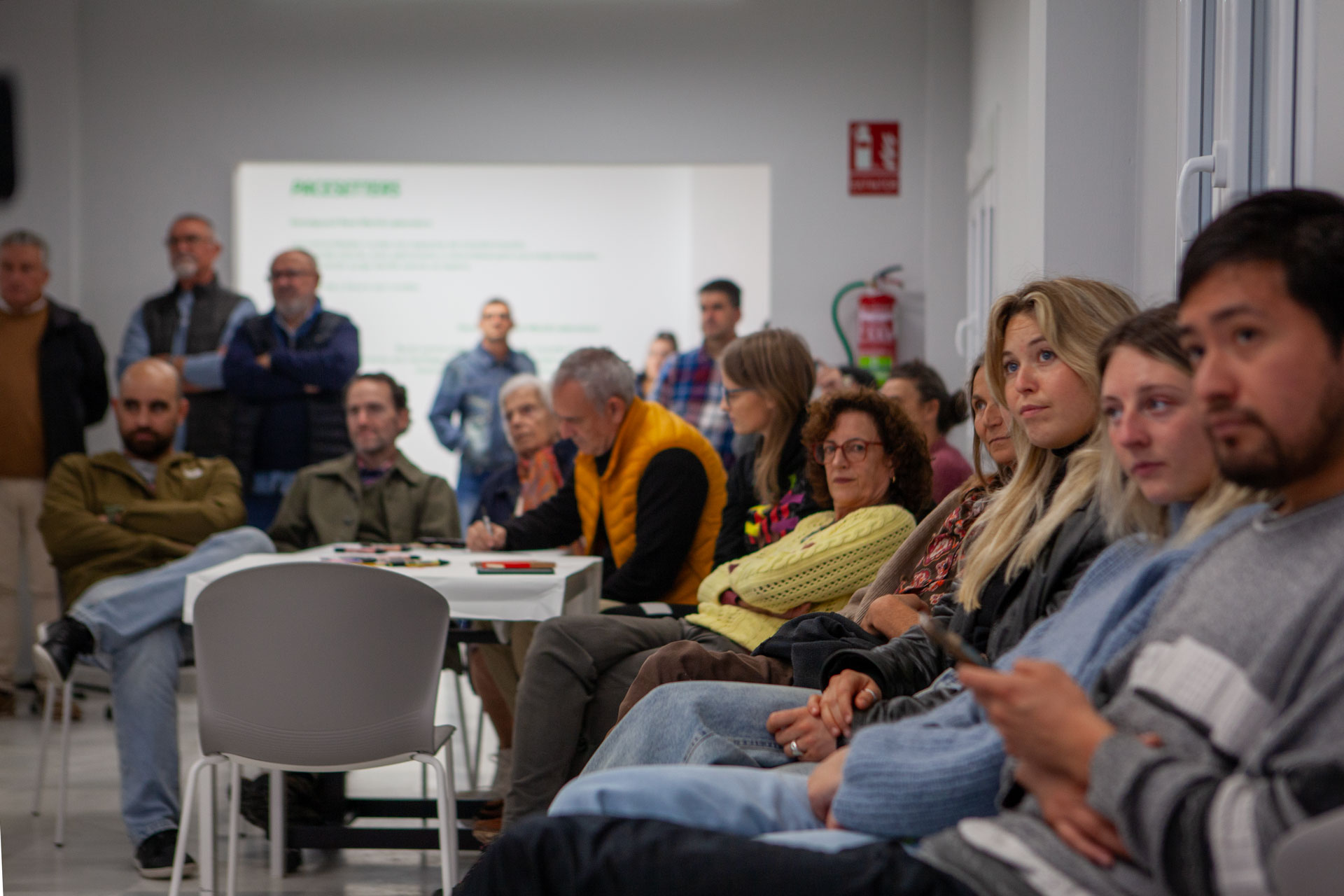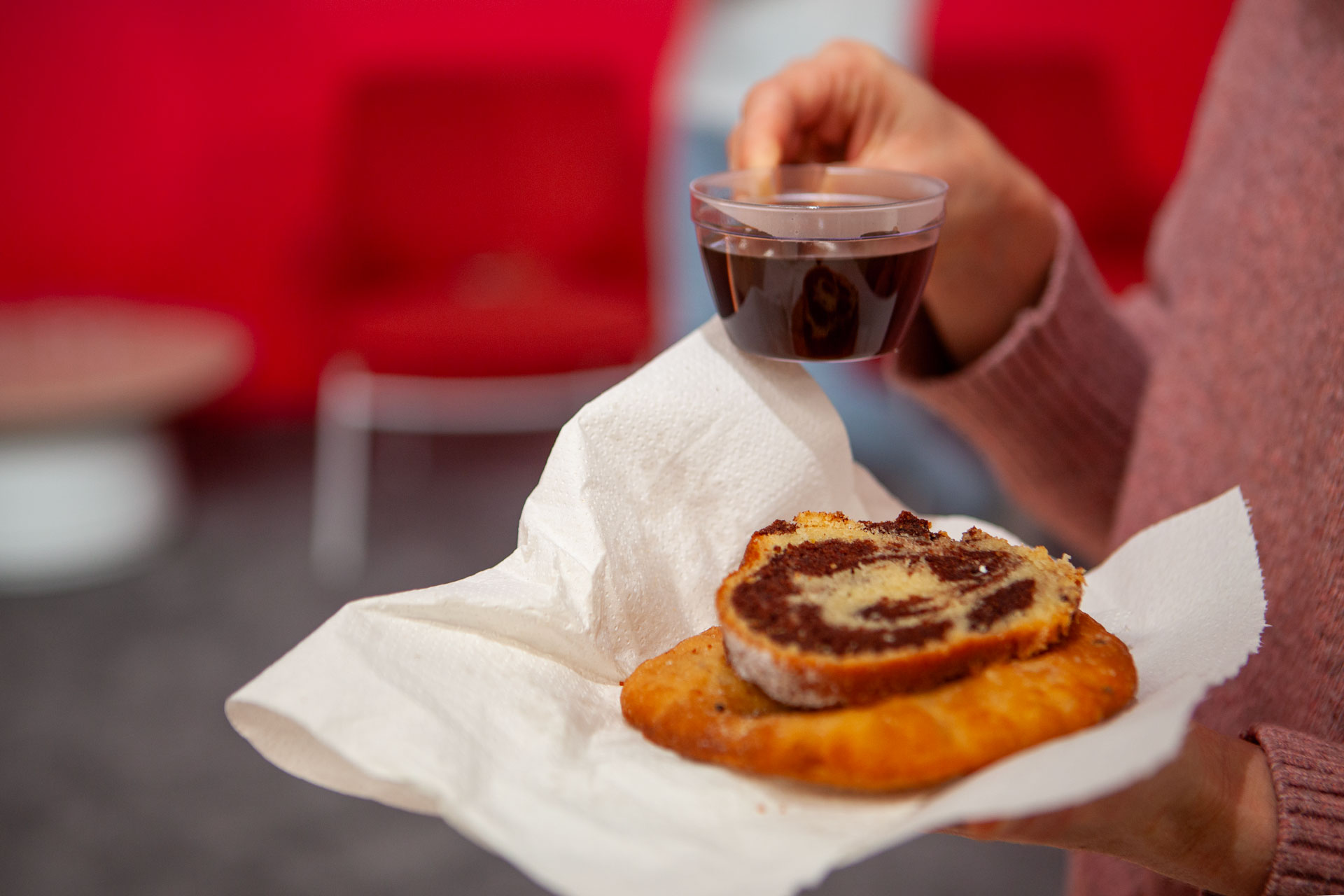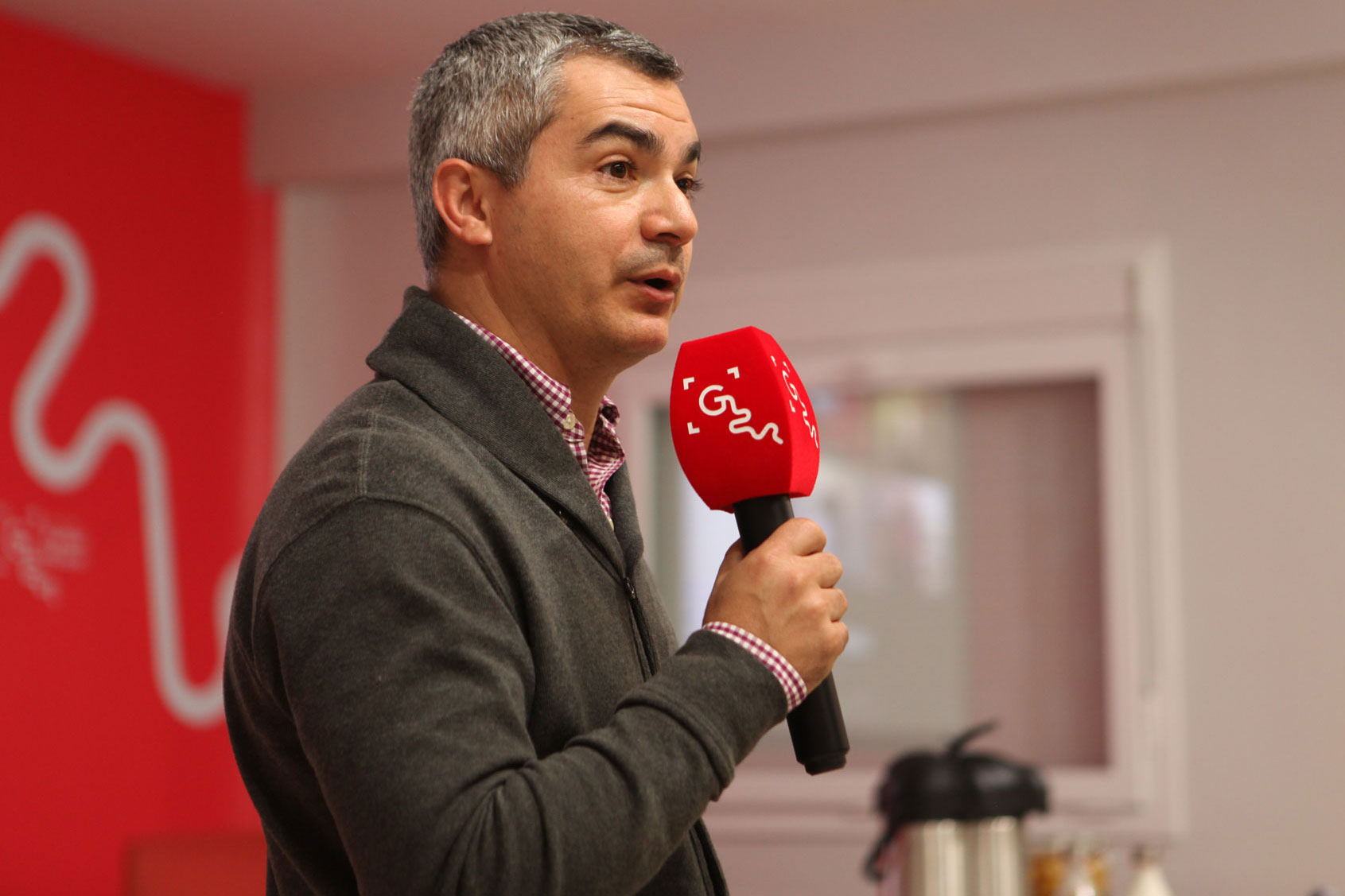What does it mean to create something new? This is a complex question for Genalguacil, a small town in the mountains of Andalusia whose history dates back 3,000 years to Phoenician times. Genalguacil, as it is today, was built during the Moorish period. Its urban planning incorporated influences from Roman, Byzantine and Visigothic architecture, combining them with Islamic and North African Berber traditions. The urban design features intricate geometric patterns the use of water and the creation of tranquil interior spaces.
The smart city of the past
Today, Genalguacil is one of the ten most beautiful villages in Spain. As one of Andalucia’s pueblos blancos it stands out for impressive tilework and the harmonious integration of courtyards and gardens with water features. The strategic use of light and thermic conditions makes it a prime example of a ‘Smart City of the Past’.
On 14 November 2024, around 100 inhabitants of Genalguacil and guests gather on the third floor of the public library “Veremundo Álvarez”. Newly renovated it has opened its doors for the inauguration of PACESETTERS Real World Laboratory Valle de Genal.



